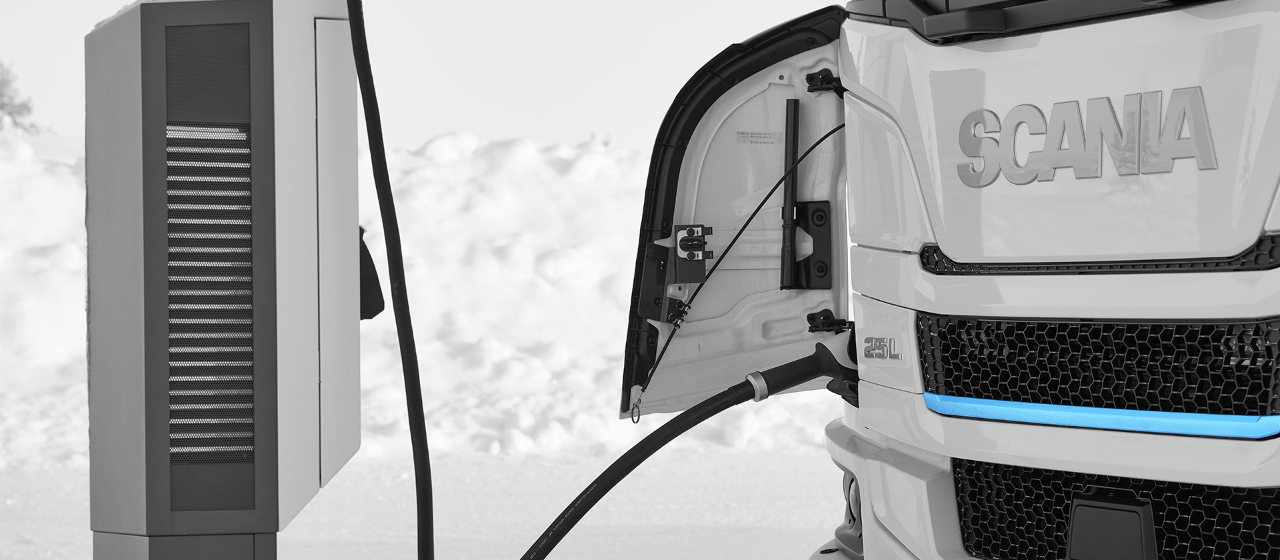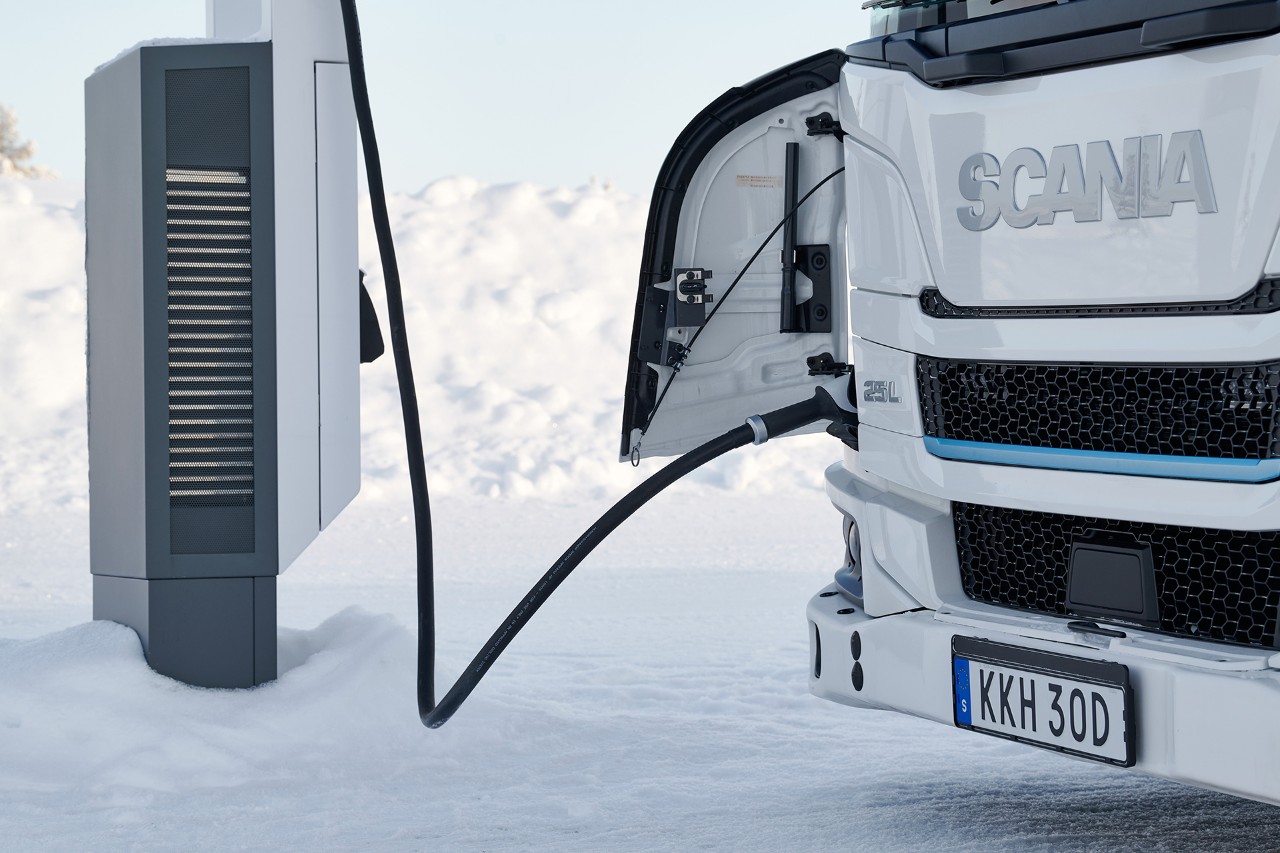
Truck charging – 3 crucial elements you need to know
Depot, destination and public charging en route. Learn more about the three crucial elements of truck charging.
Unlike trucks with combustion engines, trucks powered by battery packs can’t, in many cases, just pull over to nearest service station and fill up. But that doesn’t mean running an electric transport operation has to be complicated.
Here’s a quick guide to three of the fundamental elements of truck charging.
Depot charging – the backbone of the system
When it comes to charging electric heavy vehicles, depot charging is truly the backbone of the system, accounting for 55 to 80 percent of the charging needs, depending on the application (see box).
At the operator’s depot or base station, the batteries of heavy vehicles are often charged overnight or at other times when they are not in use so that they are fully charged before they are deployed for the day.
Depending on how large the operation is, the charging solution could consist of 40 kilowatt portable or wall-mounted chargers for smaller haulier businesses to dozens of 300 kW satellite chargers supported by transformers and power units for larger fleet operators.
“To set up a single 40 kW wall box isn’t hard,” explains Ruben Cordoba, a Charging Solutions Manager within Scania. “The trick for the haulier company is to have a plan of how to scale up and make sure they have the sufficient grid capacity. Here’s where we often come in to guide our customers to choose the right path and to propose the best overall solution.”
Another benefit of depot charging is that the charging process is managed through a charging management system (CMS). The CMS is a software system that monitors and controls the charging process, making it possible to schedule charging to reduce costs.
Depot charging
Destination charging – a way of utilising downtime
Destination charging involves charging the heavy vehicle’s battery while it is parked at a destination such as a warehouse, a loading dock or a construction site. This method is ideal for heavy vehicles that have downtime periods, such as during loading and unloading. The downtime is used to charge the battery, ensuring that the truck has sufficient power for the next leg of the journey.
As with depot charging, this solution often consists of satellite chargers. Depending on grid capacity, these usually have relatively high power, to provide the power needed to extend the vehicle’s range to the next stop.
Destination charging
En route charging – when it’s absolutely necessary
En route or public charging is a method of charging heavy vehicles while they are on the road. This method is usually used when the truck has a longer distance to cover than the battery’s range allows.
"But public charging is not the sole solution for electrifying long-distance transport," says Johan Björkegren, Head of Charging Product Management within Scania.
“While a good overall solution relies on depot and destination charging, just around a third of the energy needs for long haulage have to be covered by public or semi-public charging alternatives,” he says.
En route charging
Charging for different applications
- Depot charging: 80 percent
- Destination charging: 10 percent
- En route charging: 10 percent
- Depot charging: 60 percent
- Destination charging: 20 percent
- En route charging: 20 percent
- Depot charging: 55 percent
- Destination charging: 15 percent
- En route charging: 30 percent
Read more

Charging
We help you find the right charging solution for your specific need.
